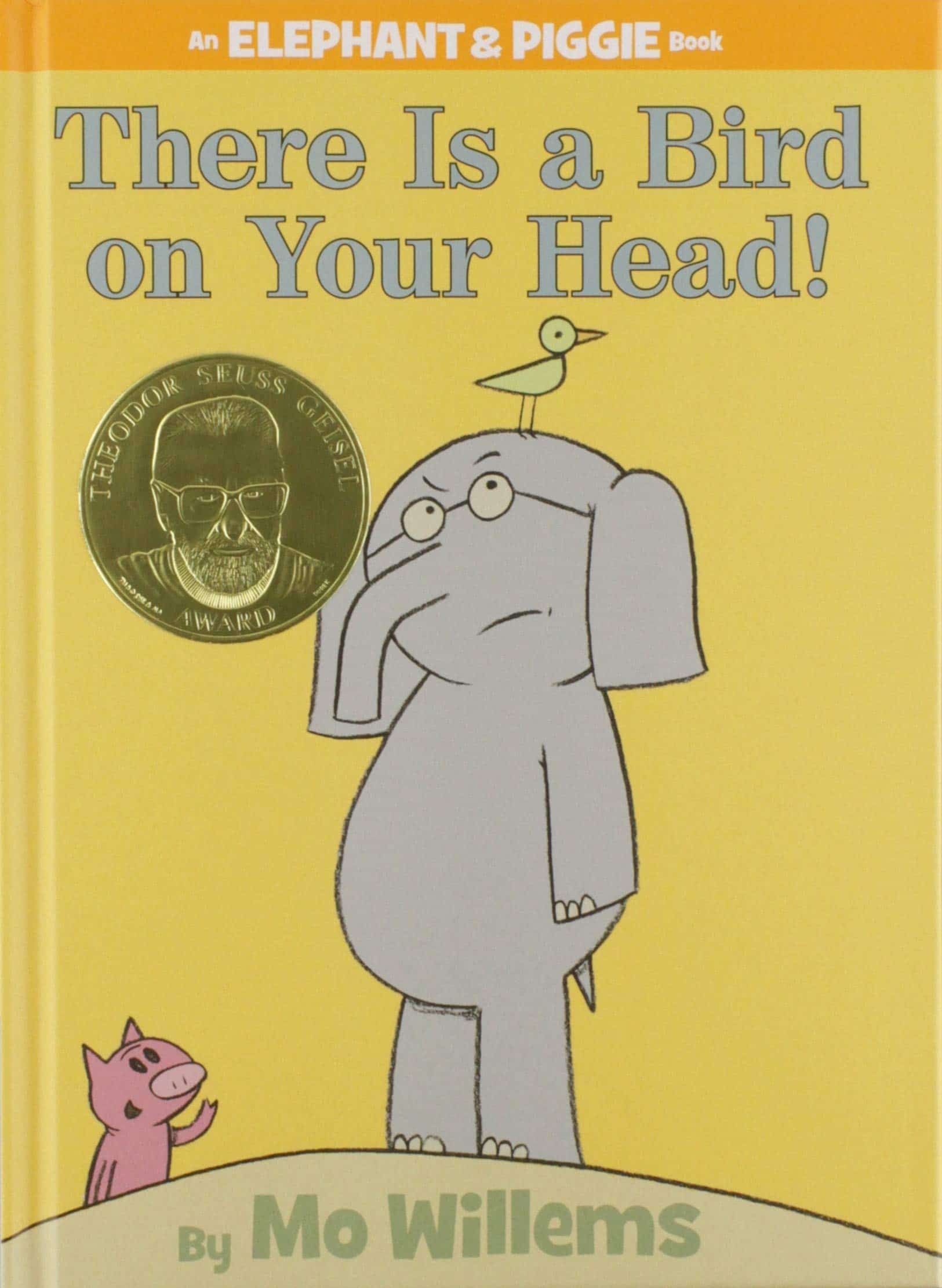 “There Is A Bird On Your Head” is a cute picture-book short story in Mo Willem’s brilliant “Piggie and Gerald” series, that has both superficial and meaningful connection to the Torah portion of Parsha Shemini.
“There Is A Bird On Your Head” is a cute picture-book short story in Mo Willem’s brilliant “Piggie and Gerald” series, that has both superficial and meaningful connection to the Torah portion of Parsha Shemini.
One of the main deeper takeaways from this story (and all of Mo Willems deceptively simple books have layers of meaning) is that we need to address the problem itself to effect change. Gerald senses something on his head, and his alarm only increases when Piggie tells him that there’s a bird, then two, then a nest, and eggs, then hatching eggs on his head.
But all of this is in back and forth conversation and venting with Piggie. Gerald never addresses his problem with the birds directly. It’s only when Piggie advises him to ask the birds to leave that Gerald does so and the birds promptly depart without fuss.
Obviously, speaking with friends is very valuable, and sometimes it isn’t the time or place to address issues directly head-on, but this book teaches us that sometimes we have to address the problem directly and the solution or outcome may be much less difficult than we envisioned.
The Shemini connection?
Look, the Torah portion speaks of non-Kosher animal species, and listing of non-Kosher birds, so Piggie (and Gerald, the Elephant, too) are non-Kosher animals, and there’s the bird reference, too.
But there’s a much deeper Shemini message, too.
Not to be a spoiler, but there’s a plot twist on the last page of this book. After Piggie updating Gerald on the status of the birds on Gerald’s head for nearly every page of the book, there’s a non-verbal expression (which Mo Willems is so fantastic at, using minimal illustration!) by Piggie at the plot-twist that is something every friend/adviser/therapist/rabbi must keep in mind when dealing with others who are dealing with problems and issues.
And that brings us back to Shemini: It was the dedication day for the Mishkan/Tabernacle. Aharon was the High Priest officiating. And then tragedy struck, two of his sons died in a misguided spiritual quest disaster. Ordinarily a mourner would step back and go through mourning rituals privately as a family, but being the High Priest, the Kohain Gadol, he was instructed to soldier on and continue the public service rituals. Which is what he did for the most part. Then Moshe saw that one aspect of the ritual Aharon did not do, and he questioned him about it. That’s when Aharon broke down and expressed his personal anguish and grief at his personal loss. He explained why certain rituals were required and he did those, but the other rituals didn’t apply in his time of mourning. And Moshe understood.
It’s easier to be an expert, to give advice – from the outside. Everything changes when we put ourselves in that person’s shoes, when we see and feel it from their perspective. It doesn’t mean we can’t be helpful or informative, but it is a gamechanger, for both giver and recipient.
